For decades, drywall has been the go-to solution for temporary construction walls. But in an industry that demands flexibility, efficiency, and sustainability, drywall is starting to show its age. Enter reusable wall systems—the modern answer to the growing challenges of dust, debris, and noise containment. More than just a better alternative, these systems represent a… Read more »
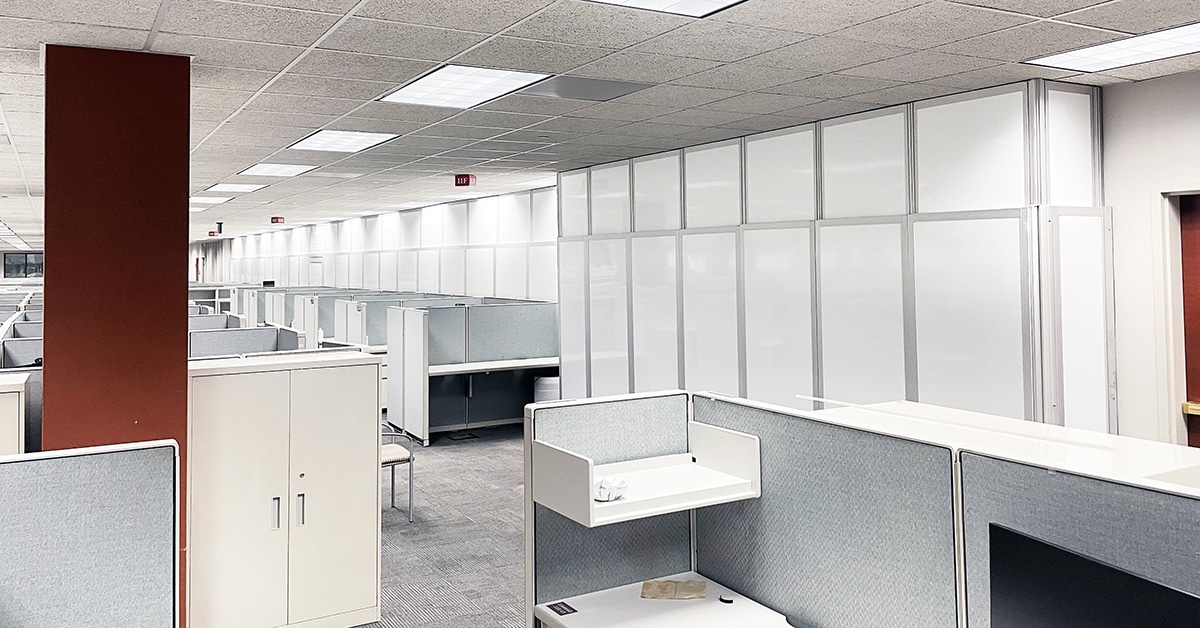
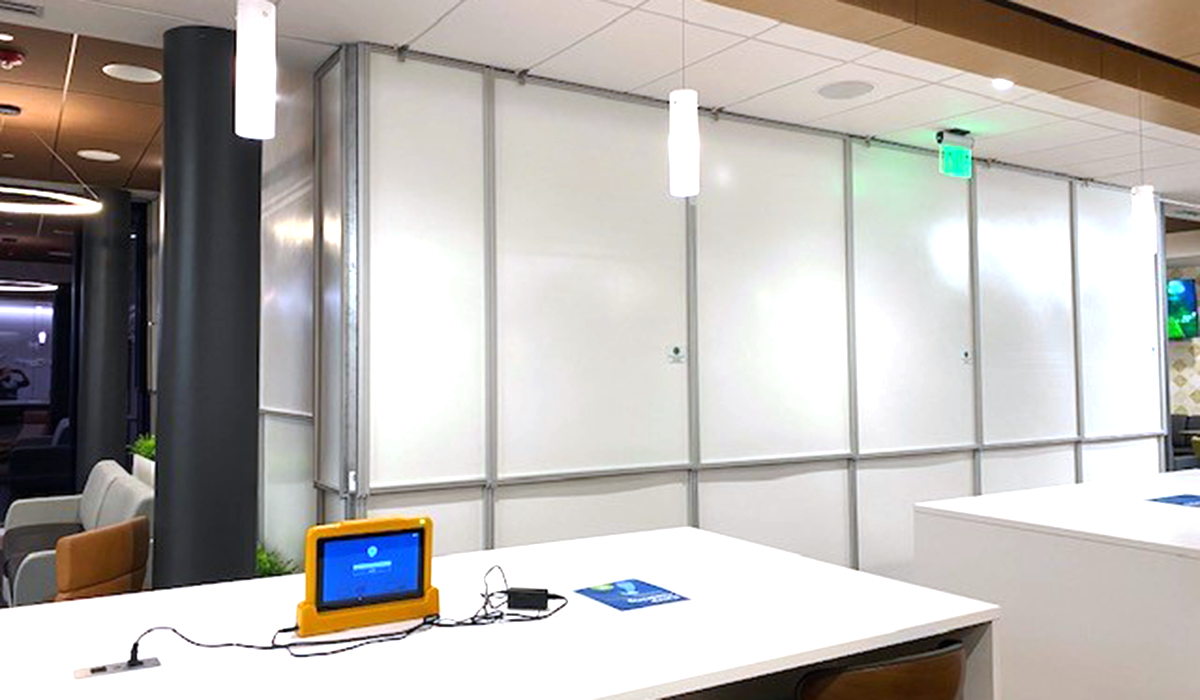
How Our Temporary Construction Walls Boost Project Profitability
Renovations can be disruptive—noise, dust, delays—it’s enough to frustrate contractors, building occupants, and budgets alike. But what if there was a faster, cleaner, and more profitable way to contain dust and debris on jobsites? Enter high-quality temporary wall systems. Beyond containing dust and noise, these reusable temporary construction walls are improving jobsite efficiency and unlocking… Read more »
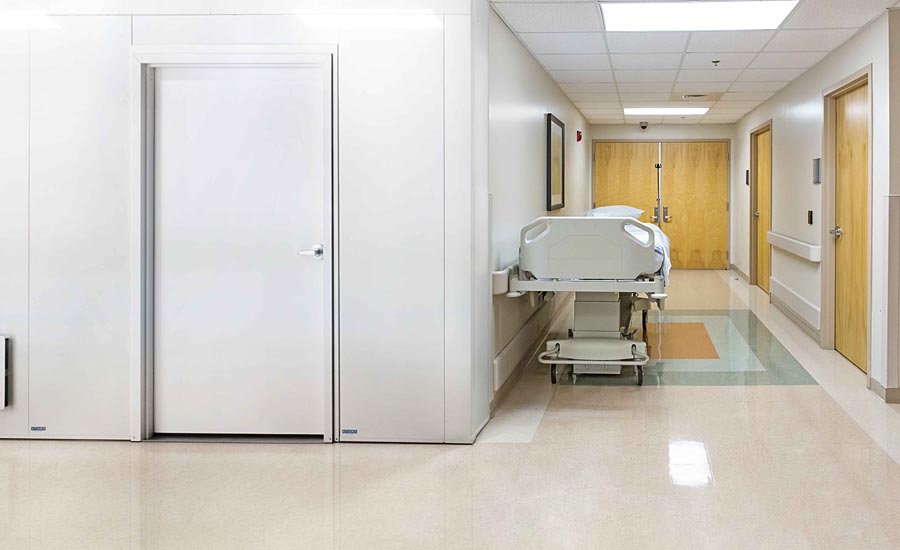
Safety and Security: Why Temporary Construction Walls Are Ideal for Your Project
Updated September 19, 2025 When renovations take place in occupied spaces, safety and security become top priorities. Construction dust, unauthorized access, and excessive noise can disrupt operations and create risks for staff, patients, or visitors. Reusable temporary wall systems offer Project Managers and Facilities Managers a better way to contain dust, reduce noise, and secure… Read more »
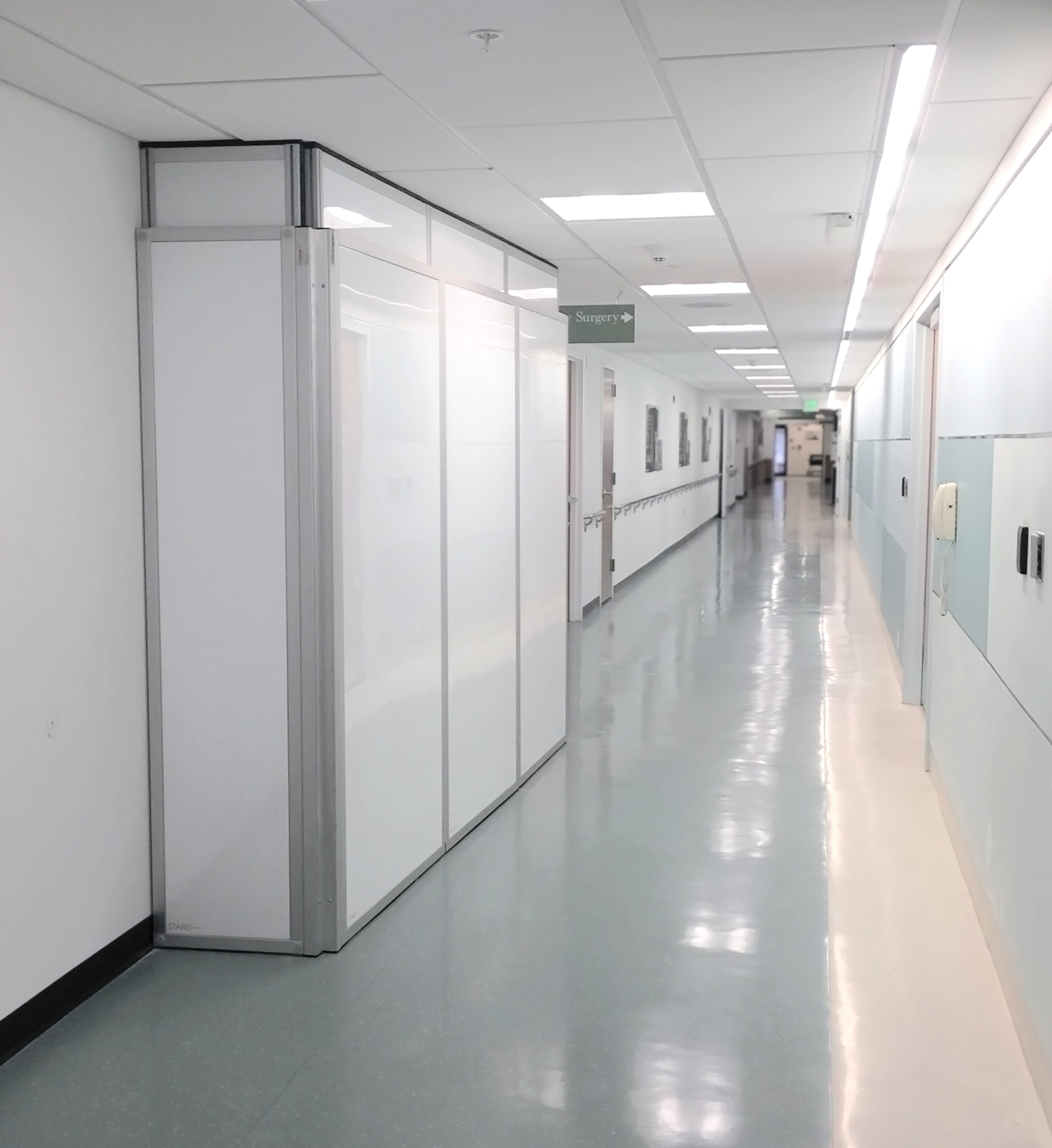
Choosing Temporary Construction Walls: Air Quality & Sensitivity
When it comes to temporary wall systems, the stakes are higher than aesthetics or cost-efficiency. In specialized environments like healthcare facilities, laboratories, and data centers, the temporary construction walls you choose can significantly impact air quality.
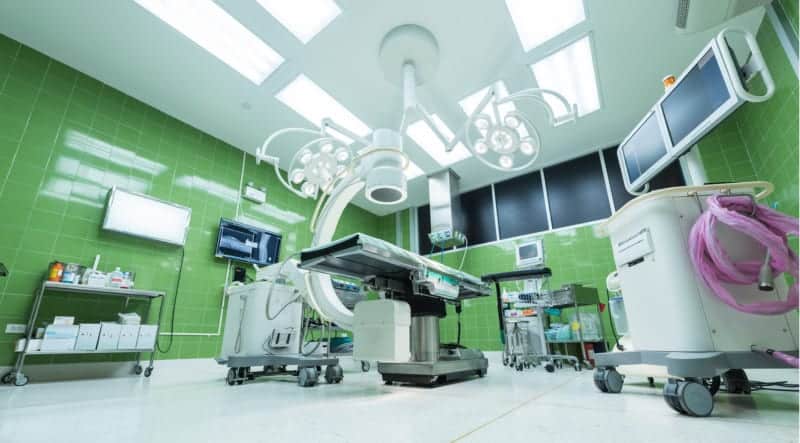
ICRA Barriers: Vital to Healthcare Renovations
Proper containment is critical to Infection Control Risk Assessment (ICRA) and ensuring safety on construction sites within healthcare facilities. Using ICRA barriers, such as temporary wall systems, is essential for establishing effective containment and maintaining safety standards. Every crew member must thoroughly understand ICRA to confidently implement and maintain these protective measures.
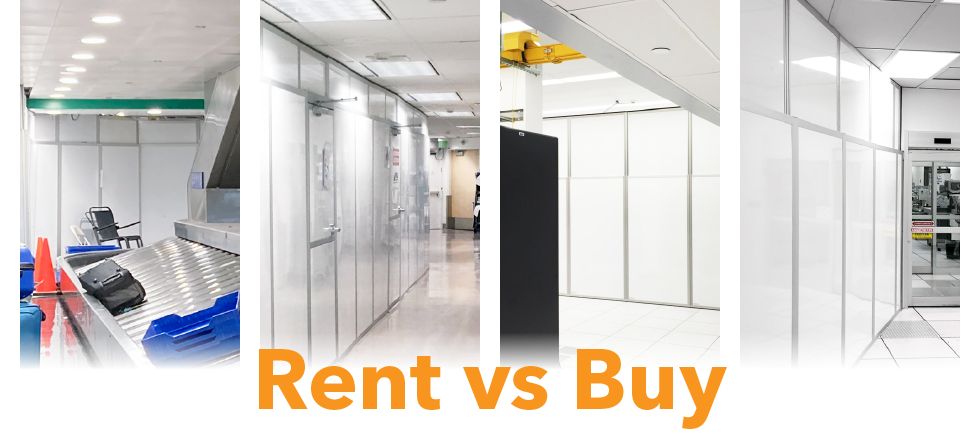
Rent vs. Buy Temporary Wall Systems: How to Choose the Right Option
Updated September 4, 2025 Choosing whether to rent or buy temporary wall systems is one of the most common decisions project managers and contractors face. The right choice depends on your project’s duration, storage capabilities, and long-term needs.
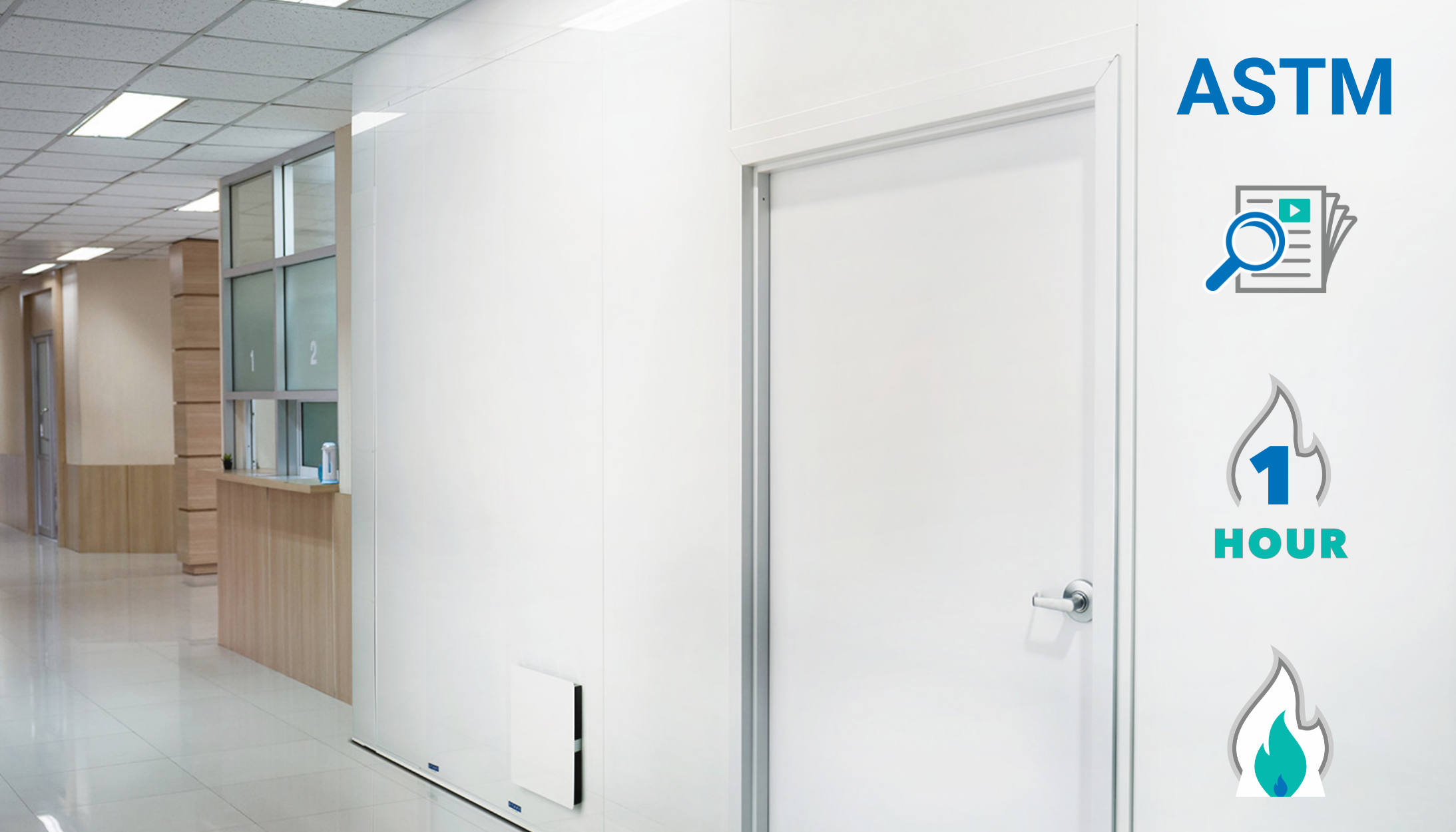
Fire-Rated Temporary Construction Walls: Understanding ASTM E119 & E84
When conducting an occupied renovation in a hospital, a one-hour fire-rated temporary construction wall is often required by national or regional jurisdictions, especially in the absence of a working sprinkler system. Requirements and testing specifications can vary by state, city, hospital, and even by project, making the process complex. One thing is clear: questions about… Read more »
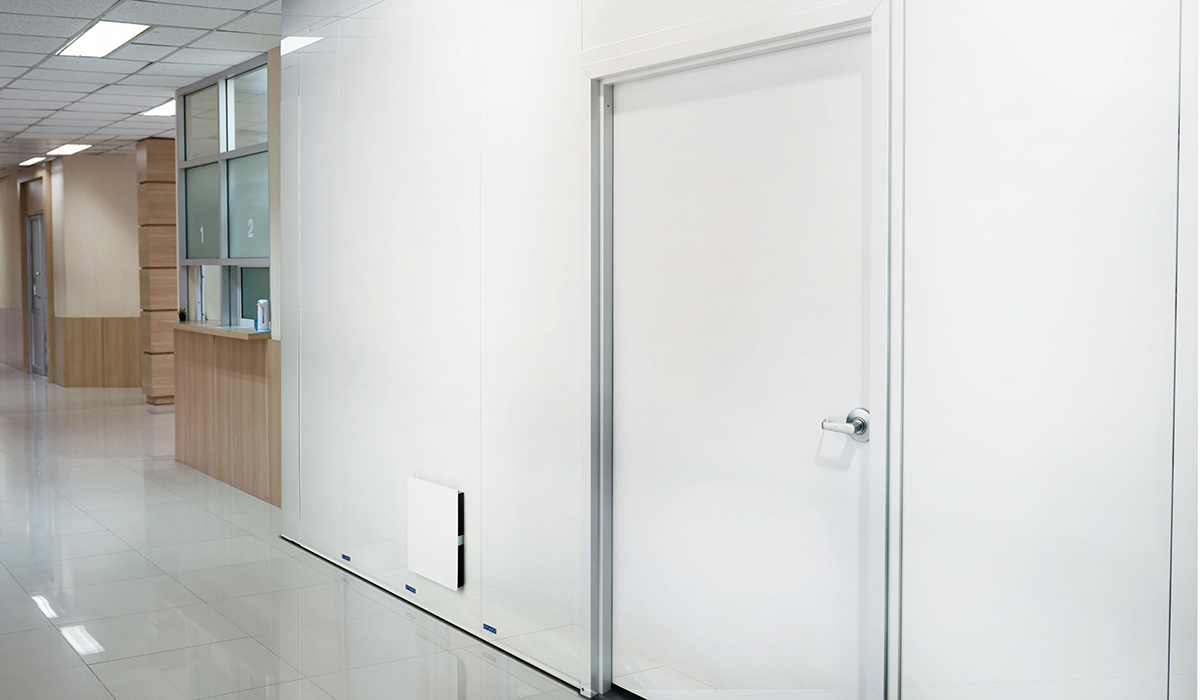
4 Questions to Ask When Choosing a Fire-Rated Temporary Wall System
Selecting the right fire-rated temporary wall system is essential for ensuring safety, efficiency, and long-term cost savings. But with multiple options available, how do you determine which one is best for your project? Asking the following four questions will help you make an informed decision. Short on time? Download our tip sheet. Download Tipsheet 1…. Read more »
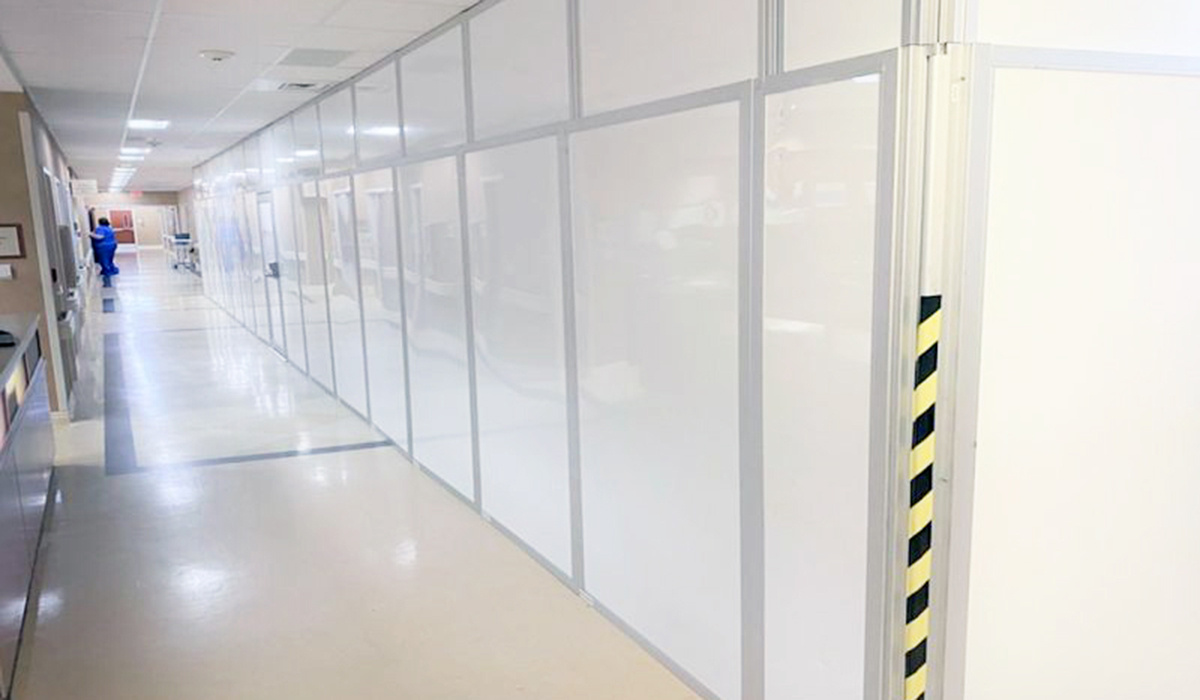
ICRA Barriers: Keeping Healthcare Renovations Safe and Compliant
Updated October 8, 2025 Healthcare renovations are unlike any other construction projects. Even small upgrades introduce dust, debris, and airborne contaminants that can threaten vulnerable patients. That’s why every renovation inside a healthcare facility must follow a detailed Infection Control Risk Assessment (ICRA) process—and why choosing the right ICRA-compliant barriers is essential for patient safety… Read more »
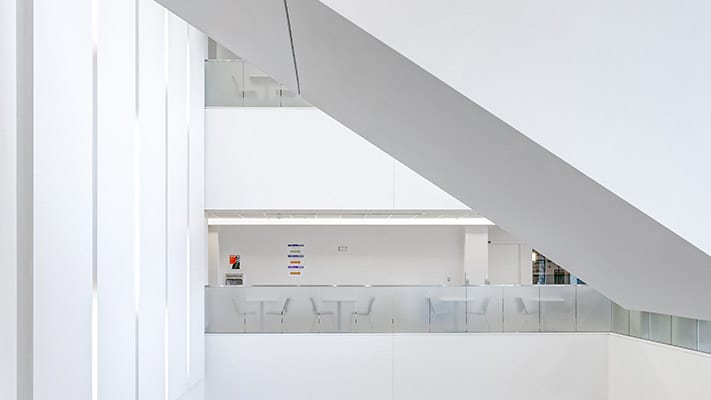
ICRA Barriers: Safeguarding Critical Spaces in Healthcare Facilities
Infection control during hospital construction is non-negotiable. To safeguard patients and staff, healthcare facilities must use reliable ICRA barriers to contain dust and debris effectively. These barriers are critical in areas like operating rooms, ICUs, NICUs, burn units, and sterile processing departments, where safety is a top priority during renovations.
